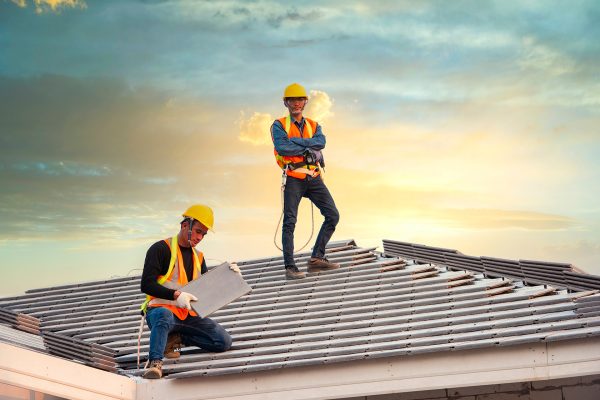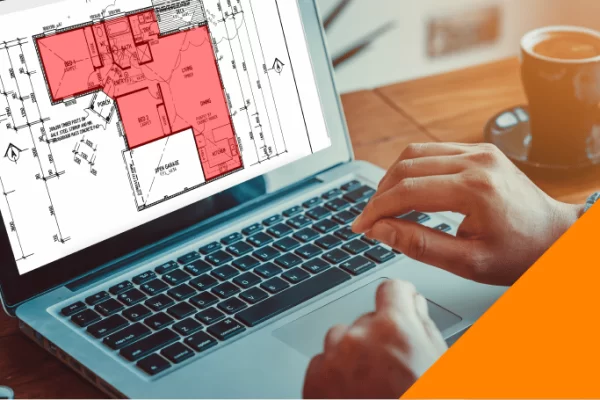In the rapidly evolving realm of industrial design, the integration of sustainable practices has become a paramount consideration. The traditional industrial landscape, often associated with pollution, resource depletion, and environmental degradation, is undergoing a transformative shift towards eco-friendly solutions. One of the key tools driving this change is the application of 3D rendering technology, particularly in the form of industrial 3D renders and 3D virtual tours. Learn about the synergy between sustainable design principles and the innovative capabilities of 3D rendering in reshaping industrial landscapes.
The Evolution of Industrial Design
Historically, industrial design prioritized functionality and efficiency over environmental concerns. Factories and manufacturing facilities were erected with little regard for their ecological footprint. However, the realization of the severe consequences of unchecked industrialization has led to a paradigm shift. Industries are now seeking ways to minimize their impact on the environment while maintaining productivity. This shift is where the integration of sustainable design principles becomes crucial.
Sustainable Design in Industry
Sustainable design in the industrial context involves creating structures and processes that minimize negative environmental impacts, conserve energy, and promote the responsible use of resources. This approach encompasses various facets, including energy-efficient technologies, waste reduction, and the use of eco-friendly materials. The ultimate goal is to create an industrial landscape that operates harmoniously with nature, rather than at its expense.
The Role of 3D Rendering in Industrial Design
3D rendering technology is a powerful tool that has revolutionized the field of industrial design. Industrial 3D rendering allows designers and stakeholders to visualize projects in a realistic and immersive manner before they are physically constructed. This not only streamlines the design process but also provides an opportunity to incorporate sustainability features from the conceptual stage.
Visualizing Sustainability: Industrial 3D Renders
Industrial 3D renders offer a virtual window into the future of sustainable industrial design. These high-quality visualizations provide a detailed representation of how a facility will look and function. Designers can experiment with different eco-friendly elements, such as green roofs, solar panels, and water recycling systems, and observe their impact on the overall aesthetics and functionality of the space.
The ability to visualize sustainability in a realistic setting is invaluable for decision-makers. It facilitates informed choices regarding the integration of green technologies and ensures that sustainability is not merely an afterthought but an integral part of the design process.
Navigating the Virtual Landscape
Beyond static images, 3D virtual tours take the concept of visualization to a whole new level. These immersive experiences allow stakeholders to virtually walk through a proposed industrial space, exploring every nook and cranny. This level of engagement is particularly beneficial for evaluating the practicality and effectiveness of sustainable design elements.
Imagine walking through a manufacturing facility powered by renewable energy sources, with state-of-the-art waste management systems and lush green spaces. A 3D virtual tour can provide this experience, allowing decision-makers to assess the real-world implications of sustainable design choices. It bridges the gap between conceptualization and reality, fostering a deeper understanding of the potential positive impacts on both the environment and the working environment.
Enhancing Collaboration and Communication
In addition to aiding visualization, 3D rendering technology fosters better collaboration and communication among stakeholders. Sustainability initiatives often involve multiple parties, including architects, engineers, environmental experts, and business leaders. The ability to share a virtual space through 3D renders and virtual tours facilitates effective communication, ensuring that everyone is on the same page regarding the design and sustainability goals.
This collaborative approach extends beyond the initial design phase. As the industrial project progresses, updates and modifications can be easily communicated through updated 3D renders and virtual tours. This transparency helps in maintaining a collective focus on sustainability goals throughout the entire lifecycle of the project.
Optimizing Energy Efficiency
One of the primary goals of sustainable industrial design is optimizing energy efficiency. Industrial facilities are notorious energy consumers, and finding ways to reduce this consumption is crucial for minimizing environmental impact. Industrial 3D rendering provides a platform for simulating and analyzing energy-efficient systems.
Designers can experiment with different lighting schemes, HVAC configurations, and renewable energy sources to determine the most efficient combination. Through the visualization of energy flows and consumption patterns, adjustments can be made to enhance the overall sustainability of the industrial space. This iterative process allows for continuous improvement in energy efficiency before the physical construction begins.
Material Selection and Lifecycle Analysis
Sustainable design is not only about energy efficiency but also about responsible material selection. 3D rendering facilitates the exploration of various materials and their visual impact on the industrial landscape. Moreover, it enables life cycle analysis by simulating how materials will age and degrade over time.
By incorporating recycled or locally sourced materials into the 3D renders, designers can assess their visual appeal and durability. Additionally, the virtual representation of the aging process aids in understanding the long-term sustainability of chosen materials. This informed decision-making process is vital for creating industrial spaces that not only look impressive but also stand the test of time with minimal environmental impact.
The Economic Case for Sustainable Industrial Design
Beyond the environmental benefits, sustainable industrial design can also make economic sense. While there may be an initial investment in green technologies, the long-term savings in energy costs, reduced waste management expenses, and improved worker productivity can significantly offset these upfront expenditures.
3D rendering plays a crucial role in making the economic case for sustainability. Through accurate visualizations, stakeholders can assess the financial implications of incorporating eco-friendly features. This includes evaluating the return on investment (ROI) for renewable energy systems, assessing the payback period for energy-efficient technologies, and estimating the overall cost-effectiveness of sustainable design choices.
Challenges and Considerations
Despite the numerous advantages, there are challenges associated with greening the industrial landscape through 3D rendering and sustainable design. One major challenge is the need for accurate data input. The effectiveness of 3D renders and virtual tours relies on the precision of the information provided. Inaccurate data can lead to flawed visualizations and misguided design decisions.
Furthermore, staying abreast of the rapidly evolving field of sustainable technologies requires continuous education and awareness. Designers must be knowledgeable about the latest advancements in green energy, eco-friendly materials, and sustainable practices to incorporate them effectively into industrial projects.
Conclusion
The fusion of sustainable design principles with the innovative capabilities of 3D rendering is reshaping the industrial landscape. Industrial 3D renders and 3D virtual tours provide a visual platform for exploring and implementing eco-friendly features from the conceptual stage through the entire lifecycle of a project. These tools not only enhance visualization but also facilitate better collaboration, communication, and decision-making among stakeholders.
As industries worldwide strive to minimize their environmental impact, the marriage of sustainable design and 3D rendering emerges as a powerful solution. The ability to create and experience virtual industrial spaces that prioritize eco-friendly practices not only benefits the environment but also contributes to the economic success of these ventures. The future of industrial design is undeniably green, and 3D rendering technology is at the forefront of this transformative journey.





